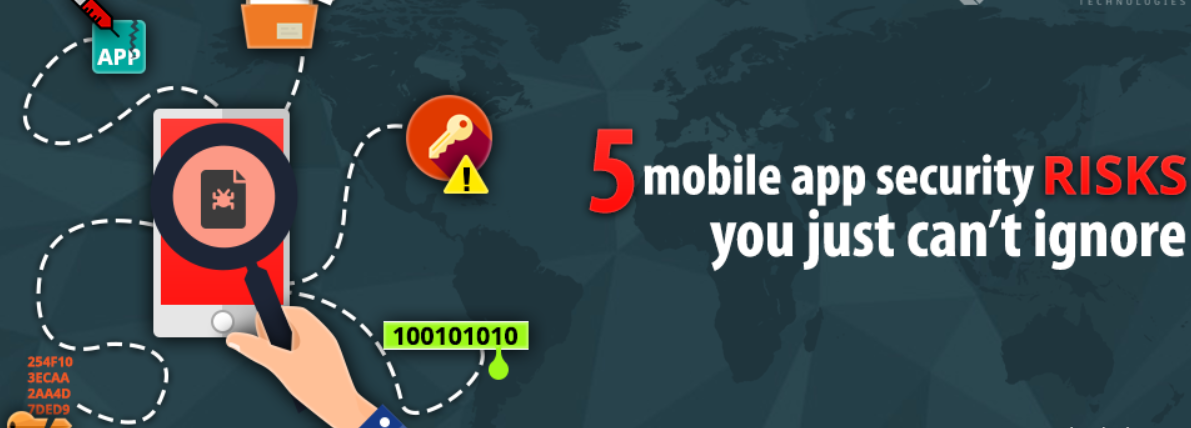AUTHOR : LISA WEBB
DATE : FEBRUARY 29, 2024
Introduction
In recent years, India has witnessed an unprecedented surge in app downloads, reflecting the growing digital landscape in the country. As more people embrace smartphones and the convenience of mobile applications, the concern for high-risk app downloads becomes a crucial topic for discussion.

The App Market in India
India boasts a vibrant app market , with millions of users downloading various applications daily. From entertainment and social media to e-commerce and productivity tools , the diversity of apps available caters to a wide range of interests and needs. This surge in app consumption , however, brings with it certain risks that users must be aware of and address.
High-Risk Apps: A Growing Concern
High-risk[1] apps are those that pose potential threats to users’ devices, data, and privacy. These threats can range from malware and viruses to unauthorized access to sensitive information. Notable instances globally and in India have highlighted the significance [2] of addressing this issue promptly.
Common Risks Associated with App Downloads
High-Risk App Downloads In India, malware, security threats, privacy concerns, and financial risks are common challenges [3] users face when downloading apps. Cybercriminals [4] often exploit vulnerabilities in apps to compromise user data or launch attacks. Users must be informed about these risks to make safer choices in their app downloads.
Factors Contributing to High-Risk Downloads in India
A lack of awareness among users, insufficient regulation of app stores, and the presence of third-party app stores contribute to the prevalence of high-risk downloads in India. Many users may not fully understand the potential risks involved, making them vulnerable to security breaches [5]

Security Measures for App Downloads
To address the issue of high-risk app downloads, users should prioritize downloading apps only from official app stores. Smartphone security features, such as biometric authentication and app permission settings, should be utilized to enhance device safety. Educating users about safe app practices is crucial for fostering a secure digital environment.
Tips for Safe App Downloads
Before downloading an app, users should read reviews, check ratings, and verify app permissions. Keeping apps updated ensures that the latest security patches are applied. By adopting these practices, users can significantly reduce the risks associated with app downloads.
Government Initiatives and Regulations
Governments play a crucial role in ensuring app security. Efforts to regulate app downloads and collaborations with tech companies to enhance security measures contribute to creating a safer digital space for users.
User Responsibility in App Downloads
While governments and tech companies work towards creating a secure app environment, users also bear a responsibility to stay informed and vigilant. Cybersecurity awareness campaigns can empower users to make informed choices, contributing to a collective effort for safer app usage.
Case Studies: App Security Incidents in India
Examining past incidents of app-related security breaches provides valuable insights. Learning from these cases helps users understand the consequences of high-risk app downloads and motivates them to prioritize security.

Educational Programs for Safer App Usage
Initiatives focusing on educating users about app risks and promoting digital literacy are essential. By enhancing users’ understanding of potential threats, these programs contribute to a more informed and secure digital community.
Future Trends in App Security
Predicting future trends in app security allows users and developers to stay one step ahead, adopting proactive measures to safeguard against emerging threats.
Conclusion
The rising trend of app downloads in India necessitates a thorough examination of the associated risks. Addressing high-risk app downloads requires a collective effort from users, governments, and tech companies. By staying informed, adopting secure practices, and participating in educational programs, users can contribute to creating a safer digital landscape.
FAQs
Q1 How can I identify a high-risk app?
- Look for red flags such as excessive permissions, poor reviews, or unfamiliar developers. Install apps only from trusted sources.
Q2 What should I do if I suspect an app is malicious?
- Uninstall the app immediately and run a security scan on your device. Report the suspicious app to the app store.
Q3 Are all free apps considered high-risk?
- Not necessarily. While some free apps may pose risks, paid apps can also be malicious. Always research and read reviews before downloading.
Q4 How often should I update my apps for security?
- Regularly check for updates and install them promptly. App updates often include security patches to address vulnerabilities.
Q5: Can government regulations effectively curb high-risk app downloads?
- While regulations are essential, a collaborative effort involving users, tech companies, and the government is crucial for sustained success.

